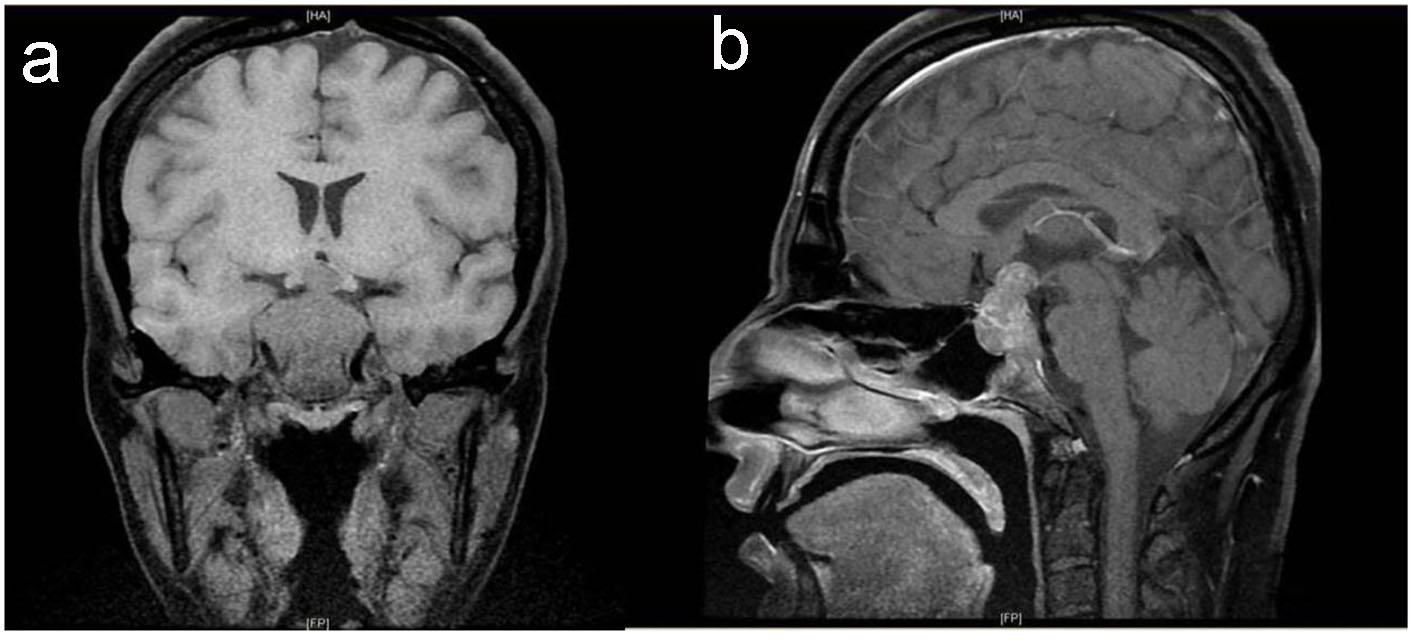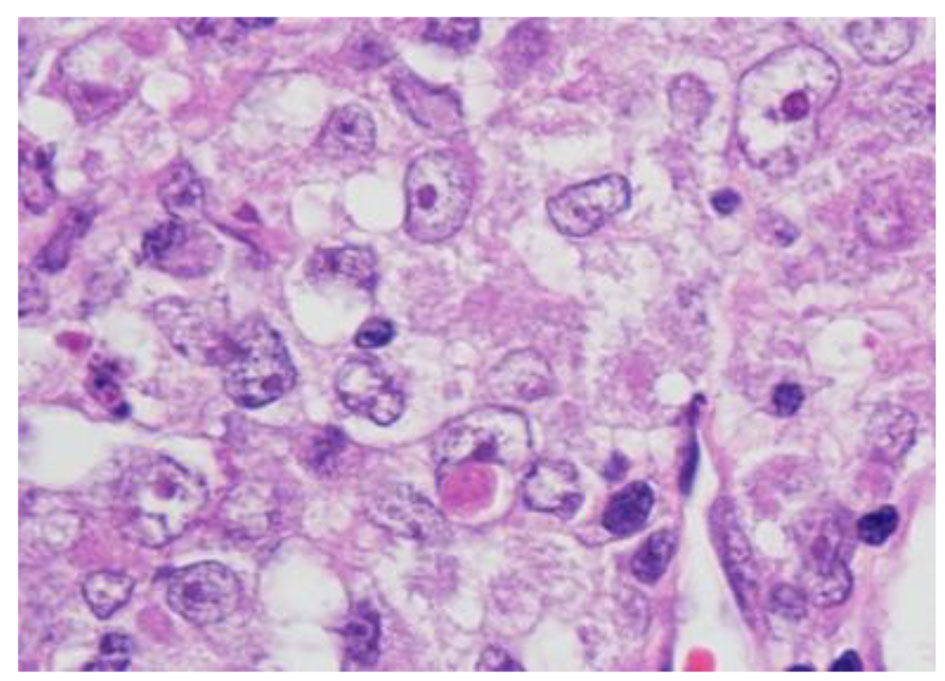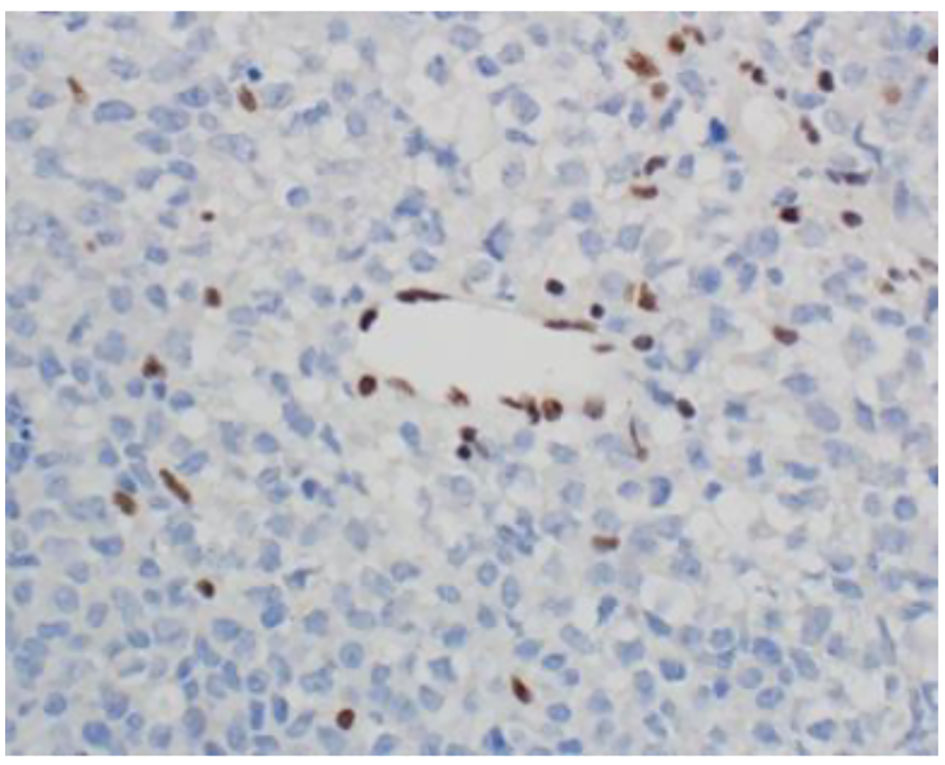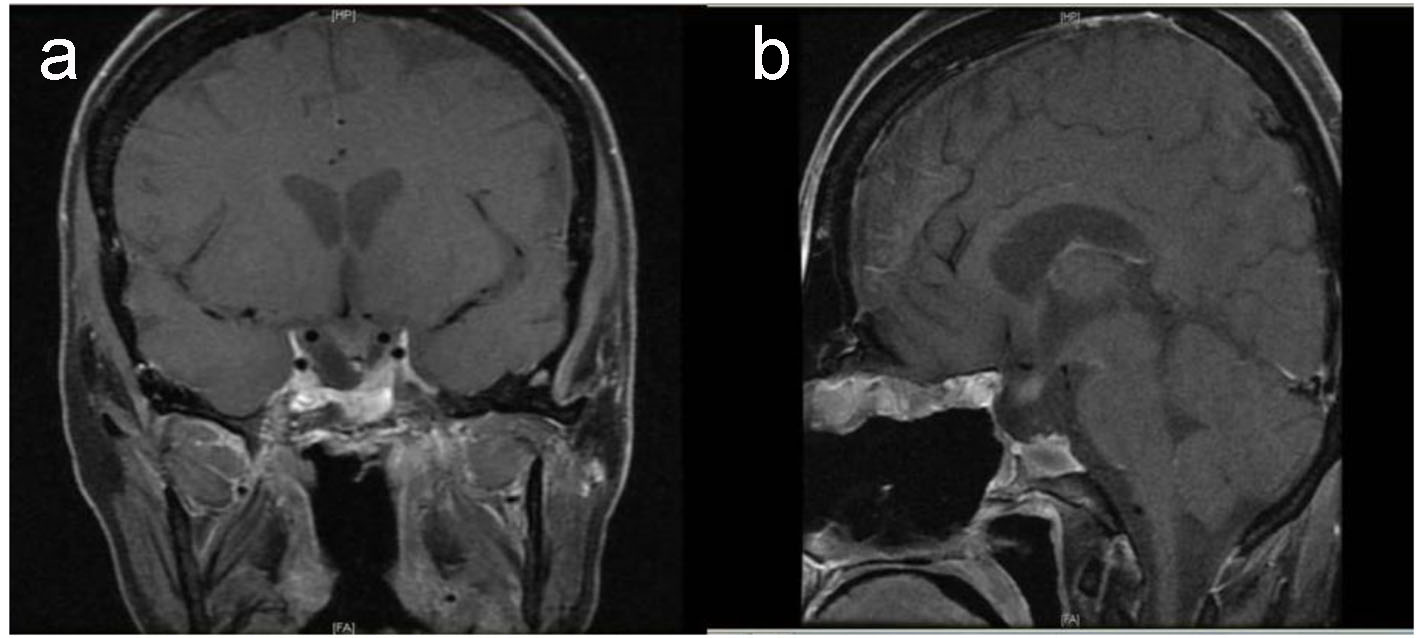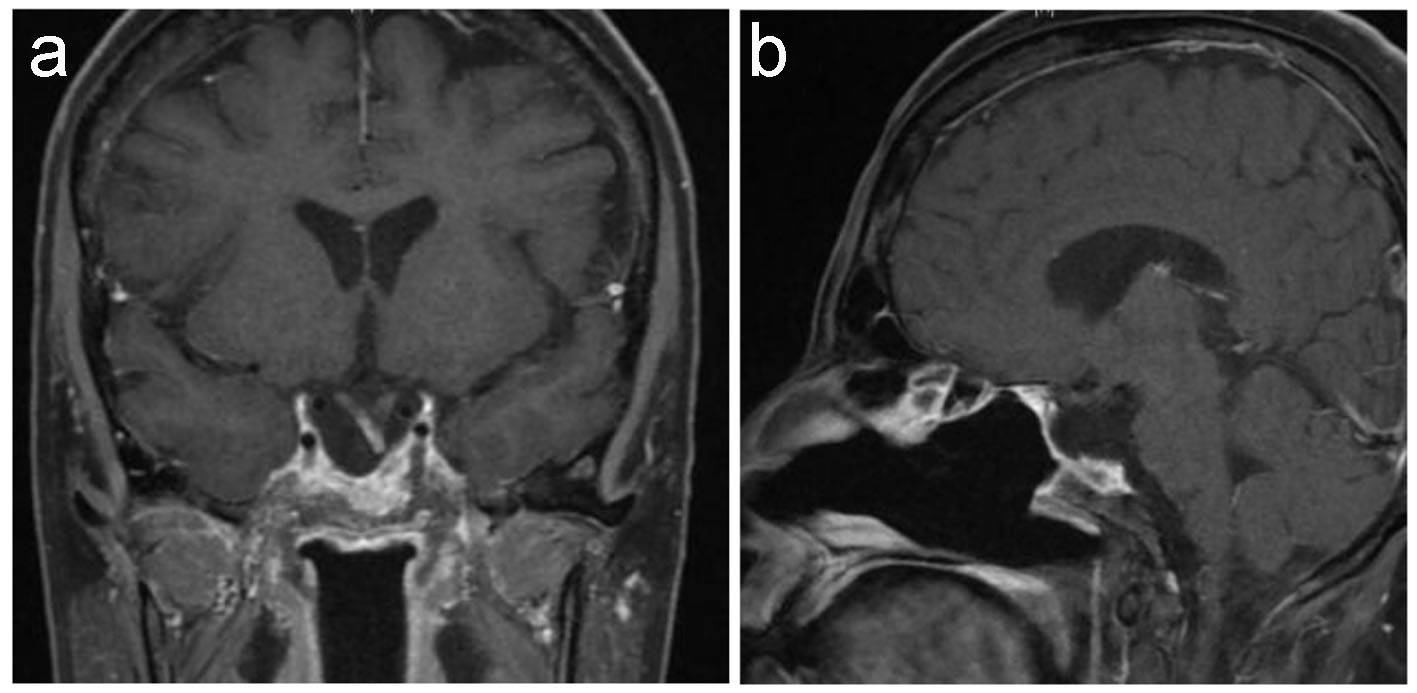| 20 | F | Vision loss | Resection, radiation, and chemotherapy | Alive at 28 months | [11] |
| 31 | F | Not described | Resection and radiation | Died at 9 months | [11] |
| 56 | F | Headache and diplopia | Resection and radiation | Died at 23 months | [12] |
| 61 | F | Sixth cranial nerve palsy | Resection | Died at 3 months | [13] |
| 57 | F | Headache, diplopia, third CN palsy | Resection, radiation, and chemotherapy | Alive at 6 months | [13] |
| 44 | F | Visual disturbance | Resection, radiation, and chemotherapy | Died at 17 months | [14] |
| 60 | F | Headache and diplopia | Resection, radiation, and chemotherapy | Died at 30 months | [15] |
| 46 | F | Headache | Not described | Not described | [16] |
| 43 | F | Headache and diplopia | Resection and radiation | Alive at 2 weeks | [17] |
| 36 | F | Headache and blurred vision | Resection, radiation, and chemotherapy | Died at 29 months | [10] |
| 35 | F | Headache, diplopia, and amenorrhea | Resection, radiation, and chemotherapy | Alive at 37 months | Present case |
